Next generation connectivity for a smarter tomorrow
Next generation connectivity for a smarter tomorrow
Communications Hub for Empowering Distributed clouD computing Applications and Research
We’re a consortium of six leading UK universities researching the communications technologies of tomorrow.
The Communications Hub for Empowering Distributed Cloud Computing Applications and Research (CHEDDAR) is a hub dedicated to advancing future communications. Funded by the Engineering and Physical Sciences Research Council (EPSRC) – UK Research and Innovation (UKRI) via the Technology Missions Fund (TMF), CHEDDAR, alongside TITAN and HASC, represents pioneering platforms established to foster advancements in communication systems, and will serve to bridge connections across academia, business, and the global community.
CHEDDAR Subprojects and Collaborating Institutions
As part of its mission to drive innovation in next generation telecoms, CHEDDAR Hub supports a series of subprojects led by universities across the UK. These collaborative efforts extend the reach and impact of the Hub’s research by addressing targeted challenges in distributed cloud computing, secure connectivity, and advanced network systems. These subprojects form a vital part of CHEDDAR’s ambition to empower research with real-world application.
Lead Institutions for CHEDDAR Subprojects:
• University of Surrey
• Keele University
• Lancaster University
• Glasgow Caledonian University
Collaborating Universities (non-core CHEDDAR partners):
These institutions are actively involved in CHEDDAR subprojects but are not part of the core CHEDDAR university consortium:
• Birmingham City University
• University of Exeter
• University of Warwick
• Northumbria University
• Queen Mary University of London
• Coventry University
Aims and vision
The evolution of future communications ecosystems represents a continuum spanning from the smallest devices to extensive cloud farms. Anticipated around 2030, international standards for 6G are poised to usher in a transformation from interconnected people and devices to interconnected intelligence. It is crucial for these technologies to underpin and be reinforced by communications infrastructures that are safe, secure, trustworthy, and sustainable.
CHEDDAR will explore how communications systems can underpin next generation computing and how cloud systems and AI can bolster communications. By leveraging UK expertise and innovative ideas, the Hub is investigating emerging computation and critical infrastructures with a cross-sector focus on end-users. CHEDDAR, in collaboration with the other two hubs, will contribute to building a unified research ecosystem that nurtures talent and explores ground-breaking ideas, specifically concentrating on 6G technologies facilitating the shift towards interconnected intelligence.
The CHEDDAR Hub is being led by Imperial College London, and its core partner universities include the Universities of Cranfield, Durham, Glasgow, Leeds, and York.
The Cheddar Hub
Research Themes
CHEDDAR strives to research, design, and derive proofs-of-concept of the 6G technologies that will support edge-fog-cloud continuum of computation through three thematic research pillars:
The pillars are augmented by innovative blue-sky and pilot research projects, which are structured to encourage multi-partner collaboration, generating a substantial presence and impact in each research area (see our Research Themes pages for more details).









